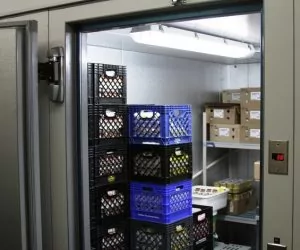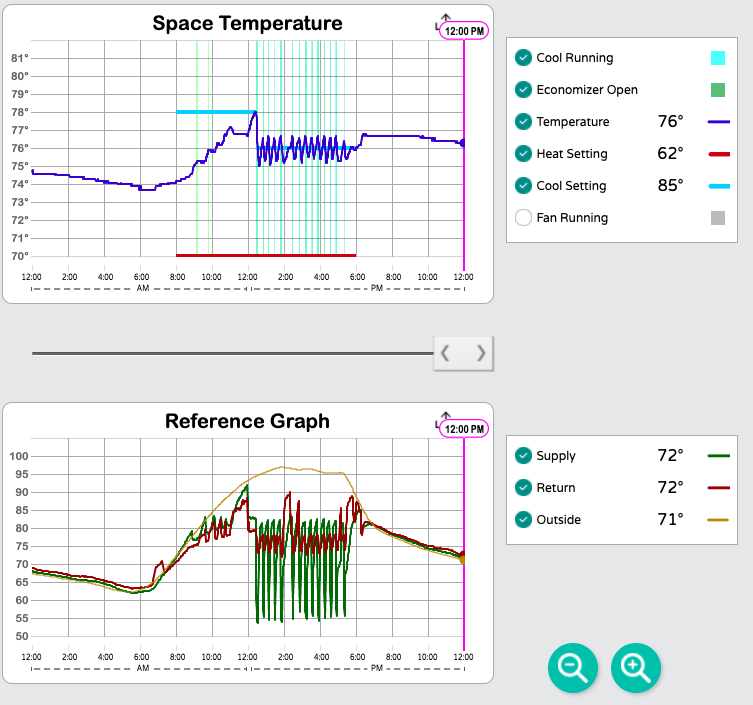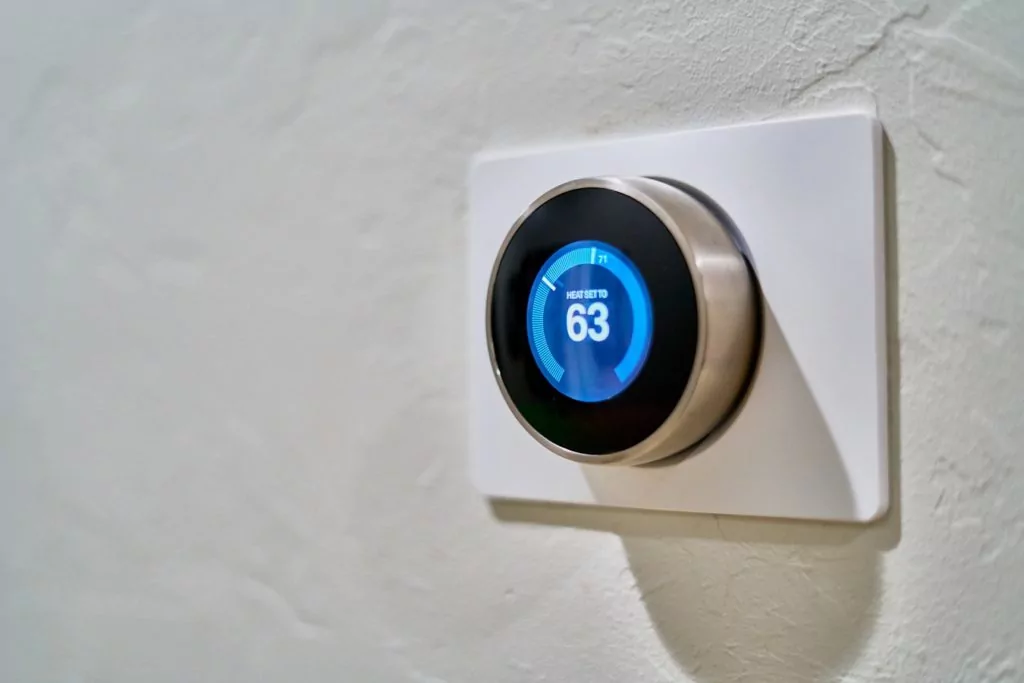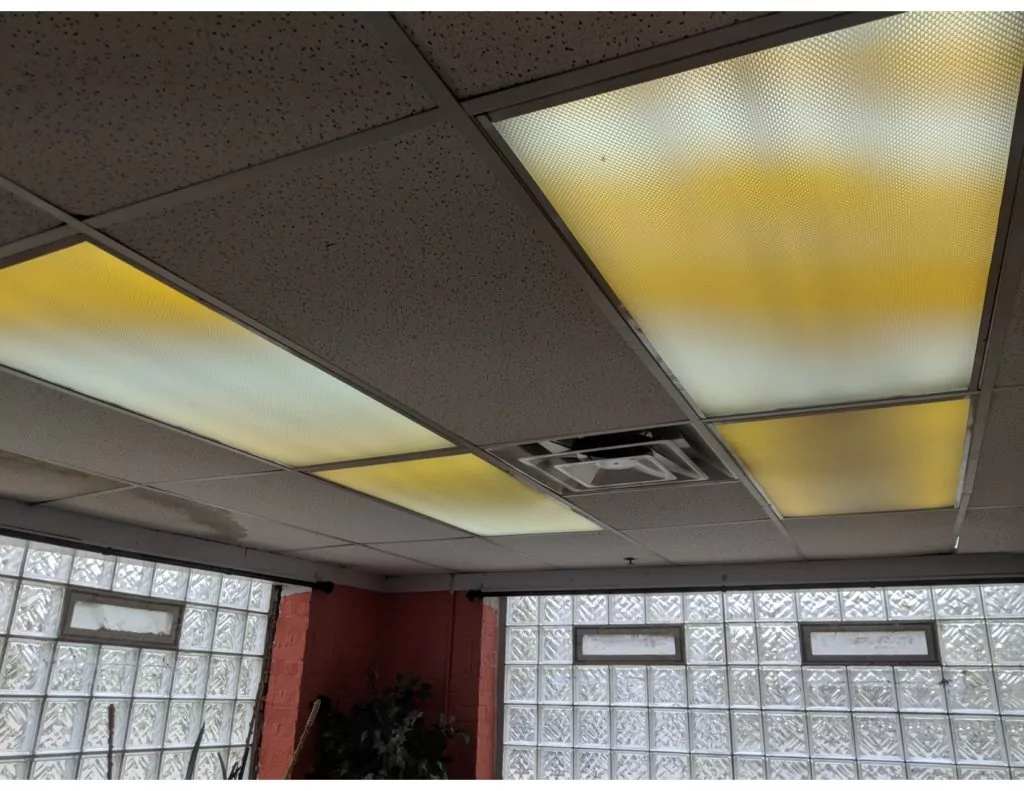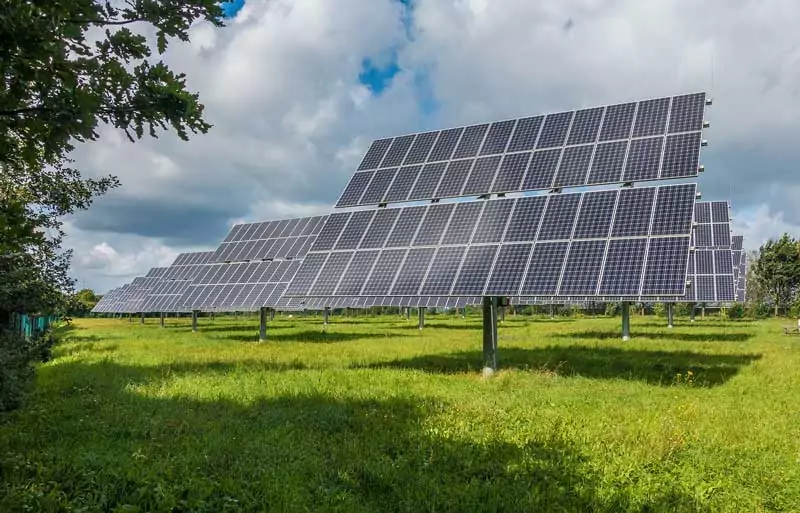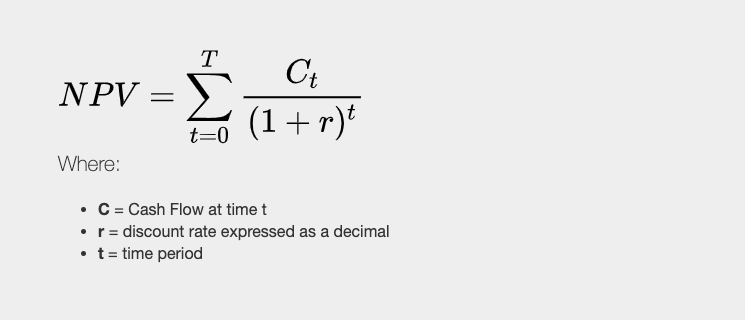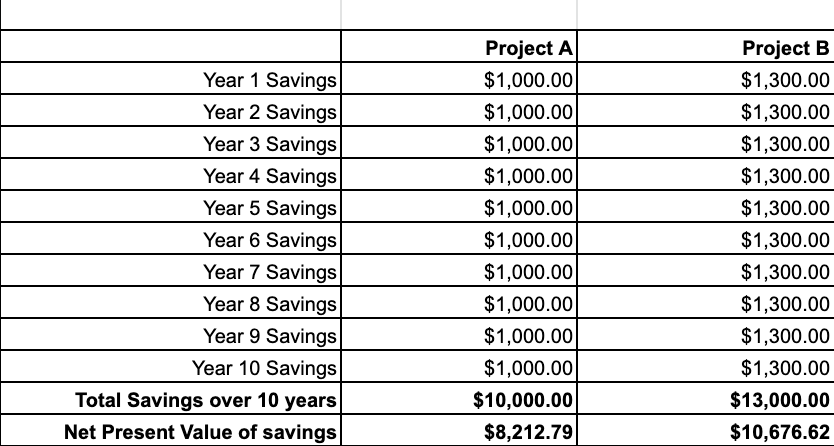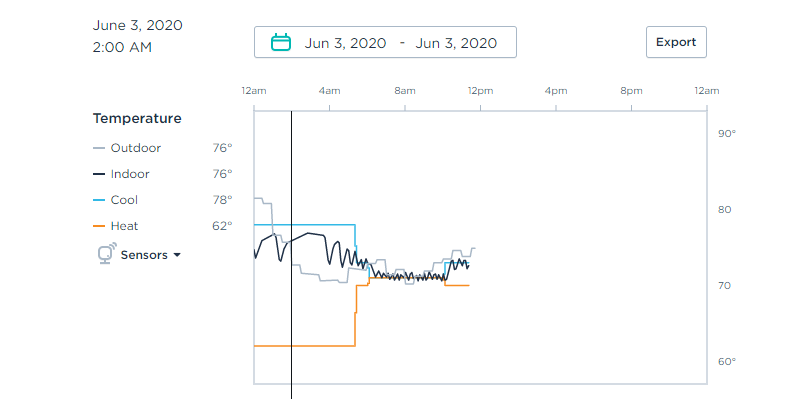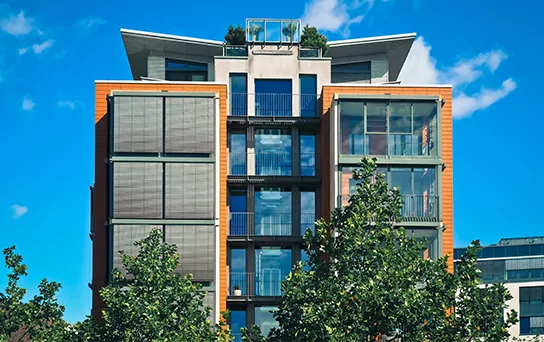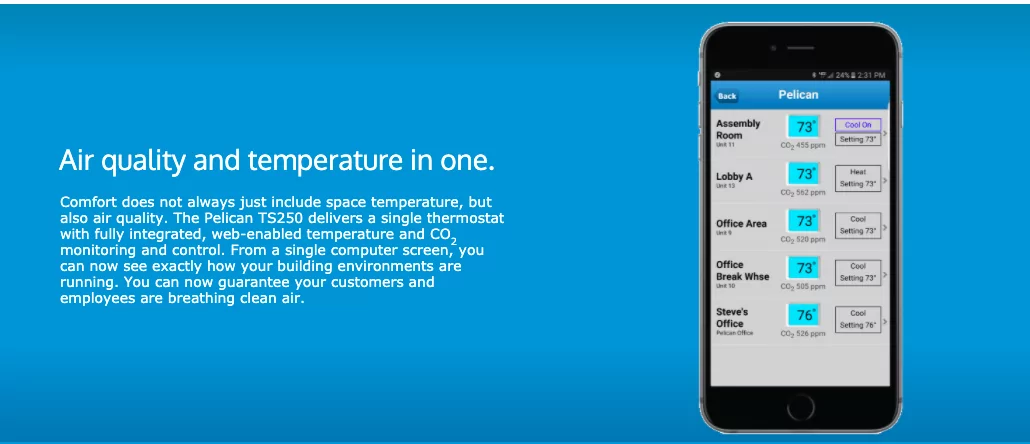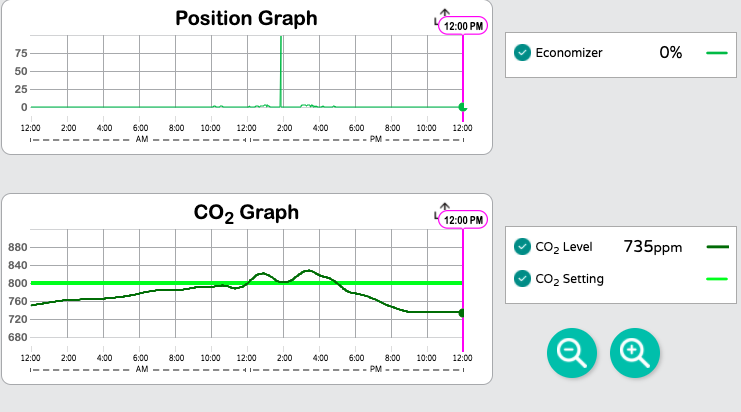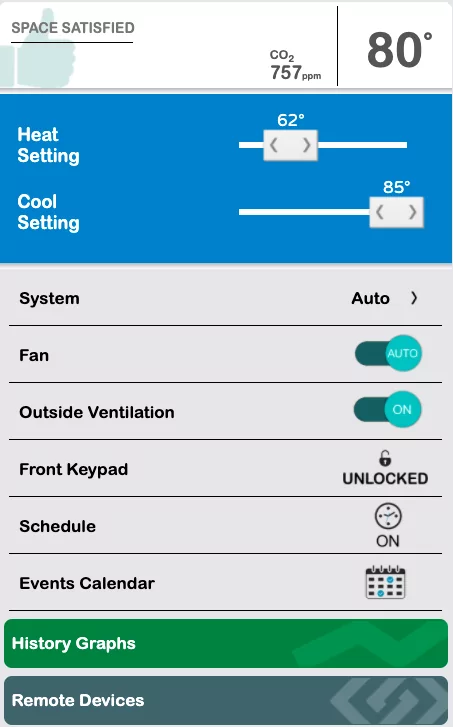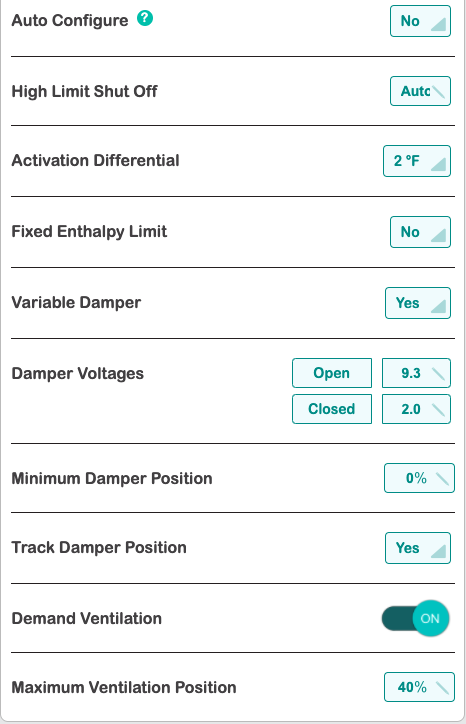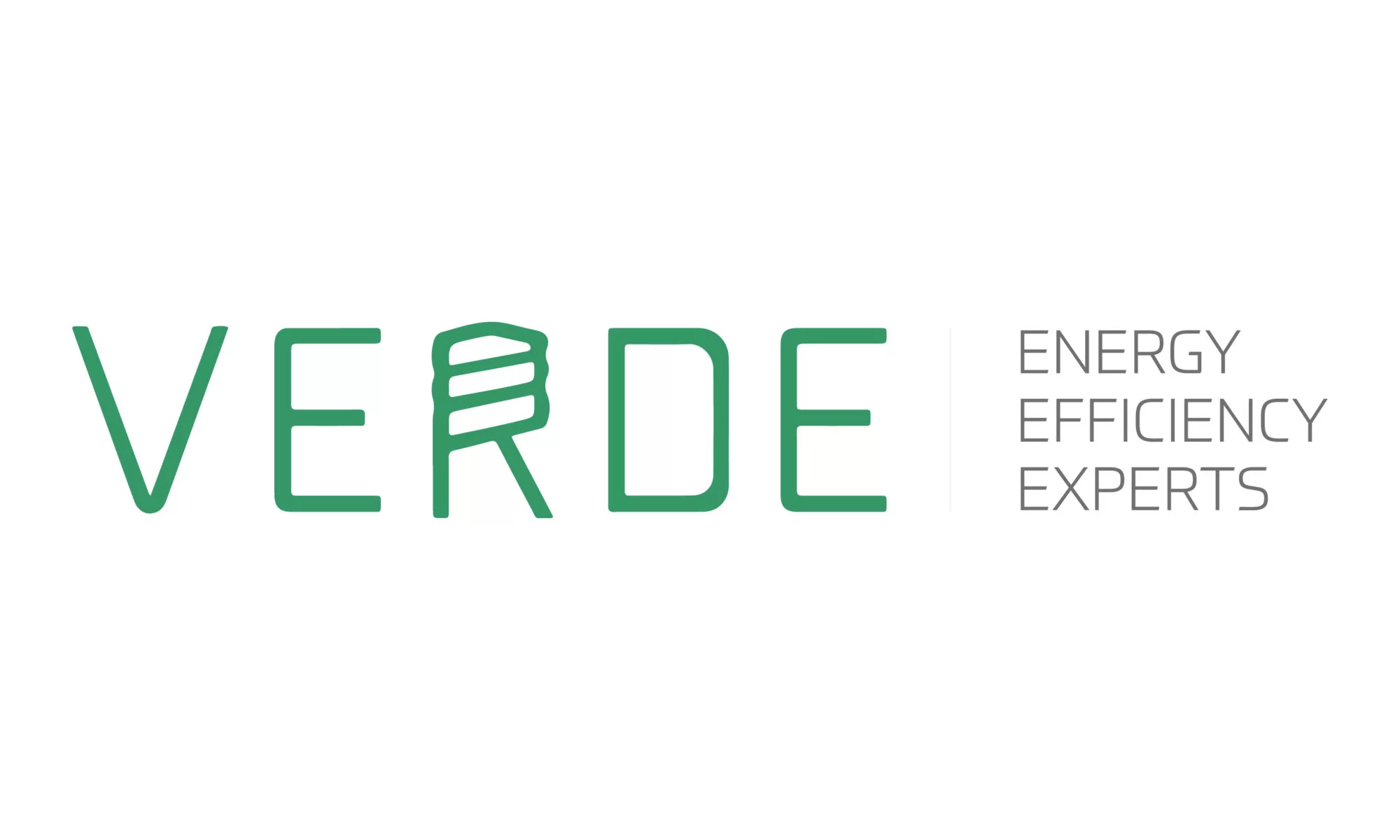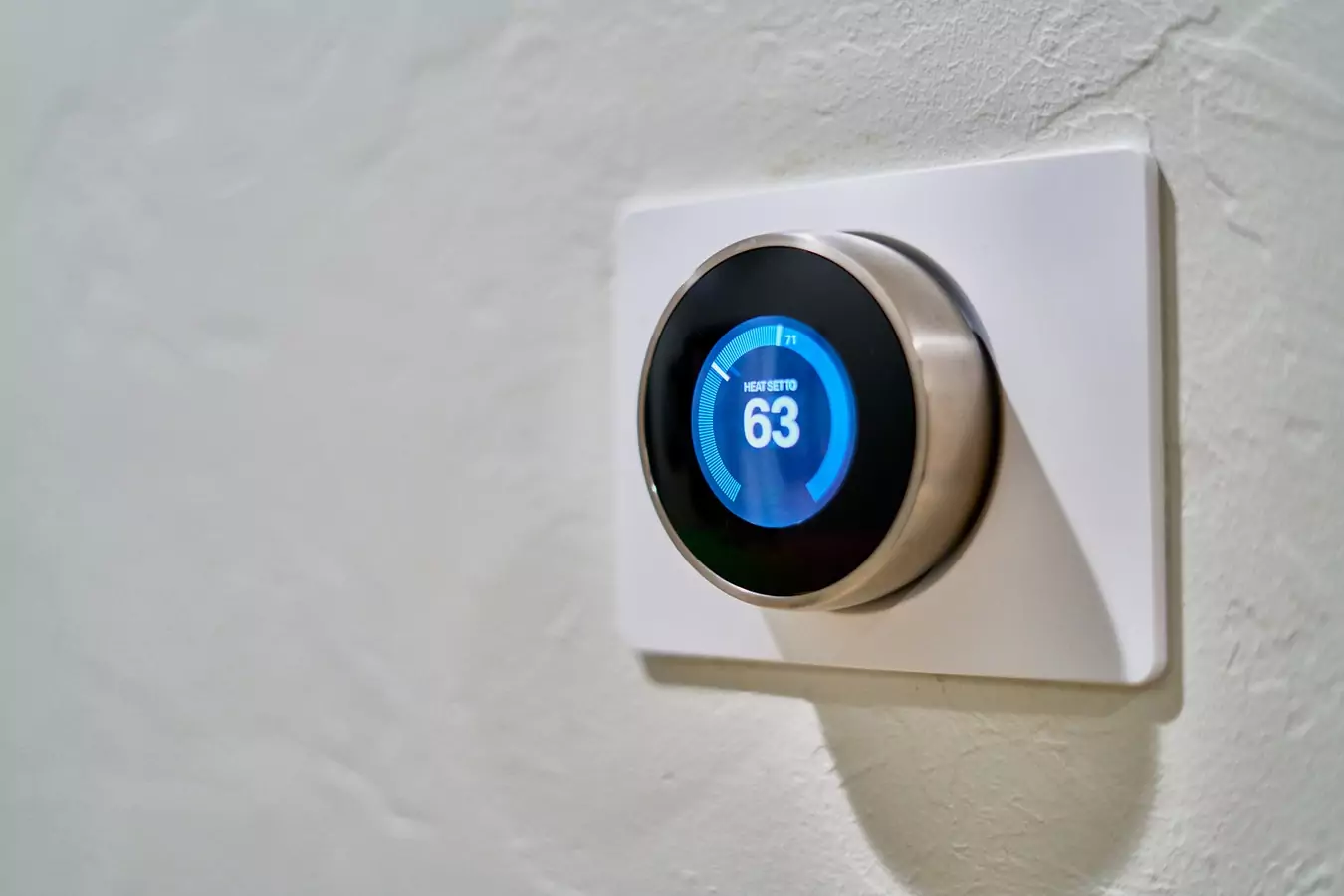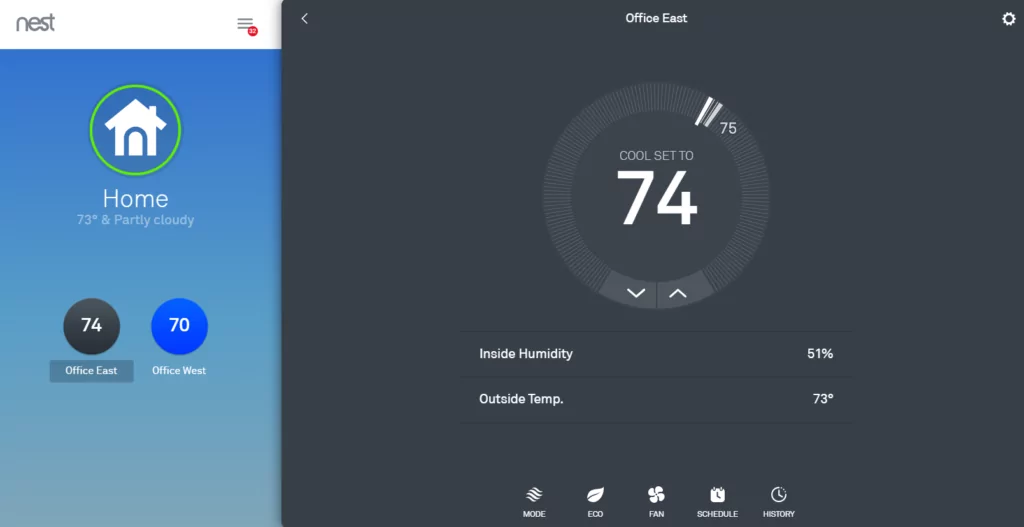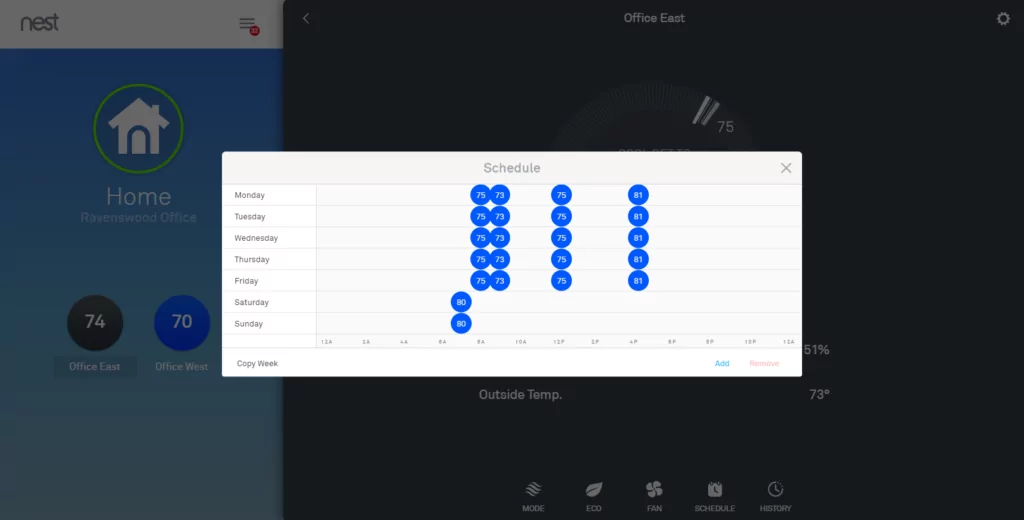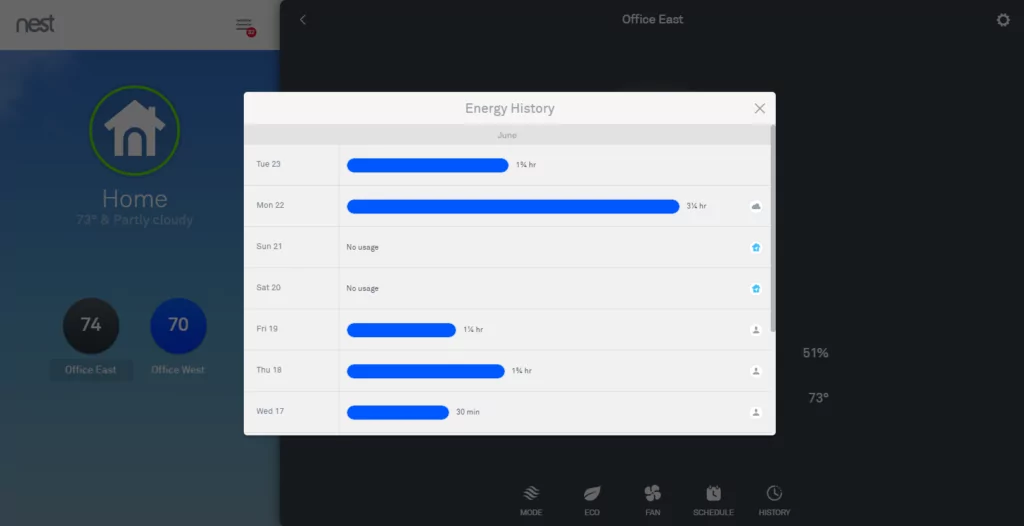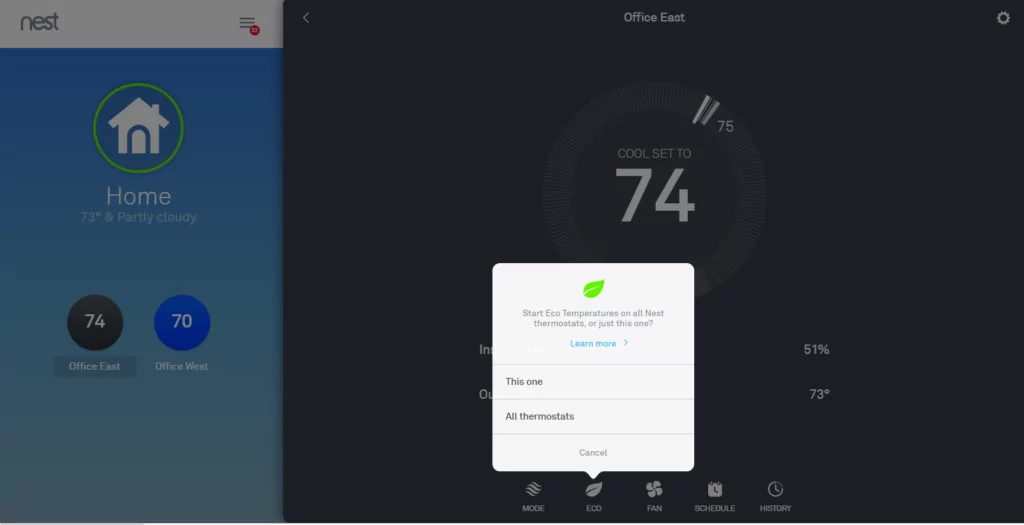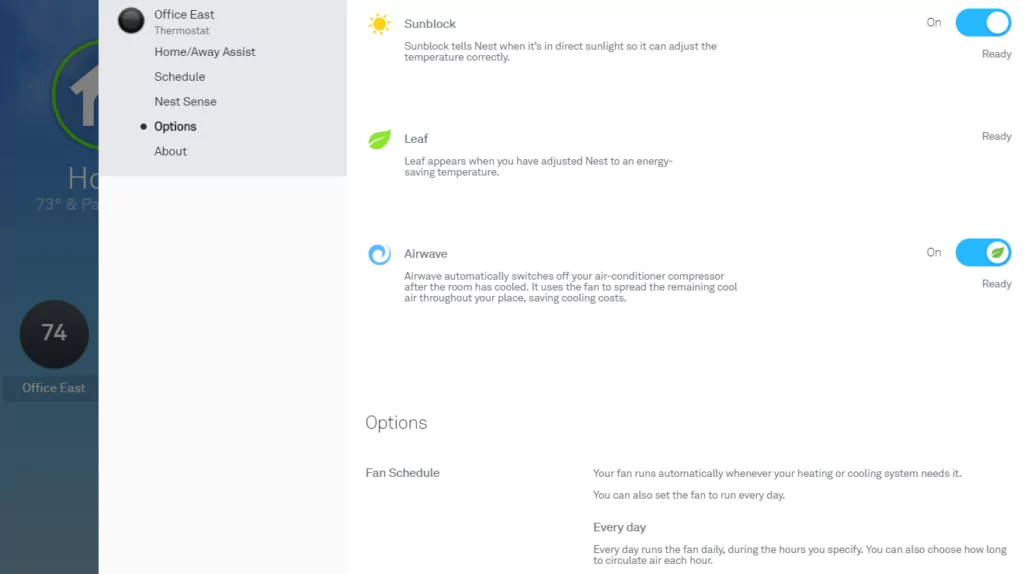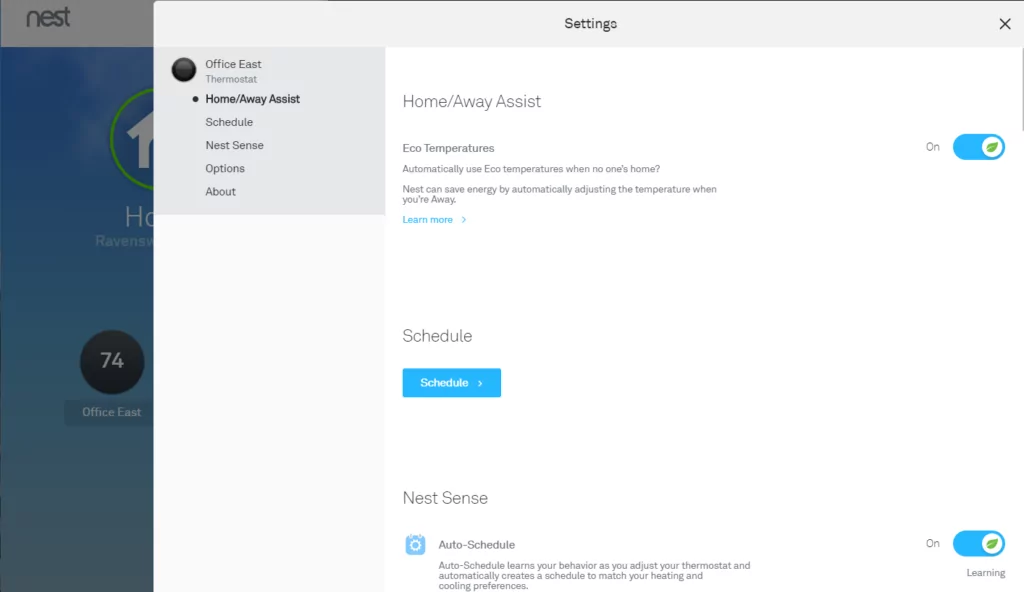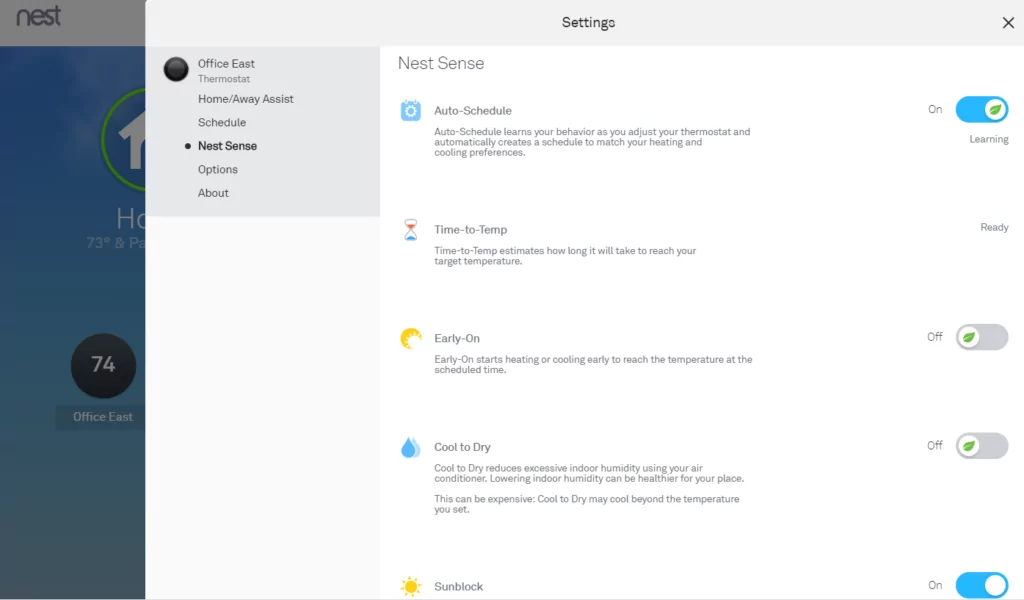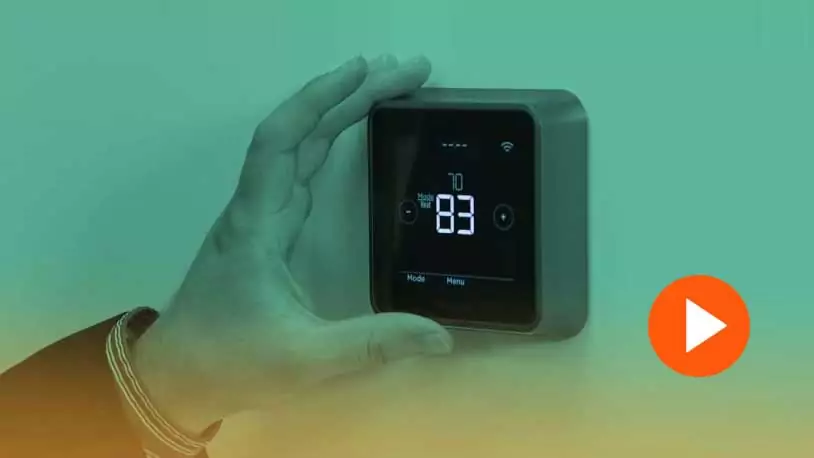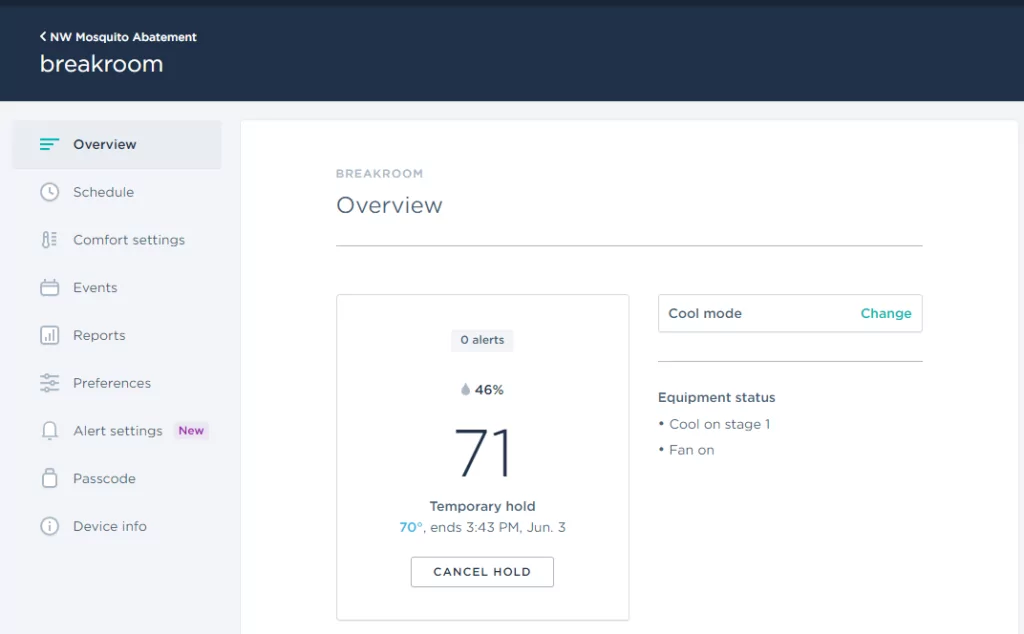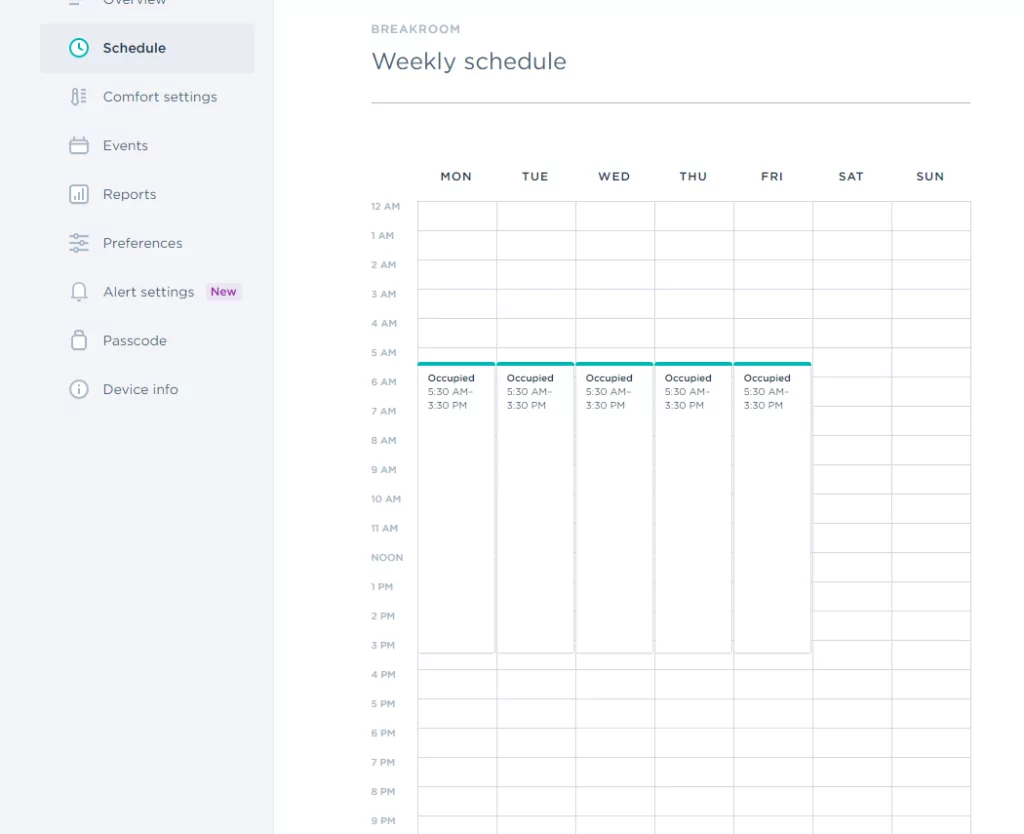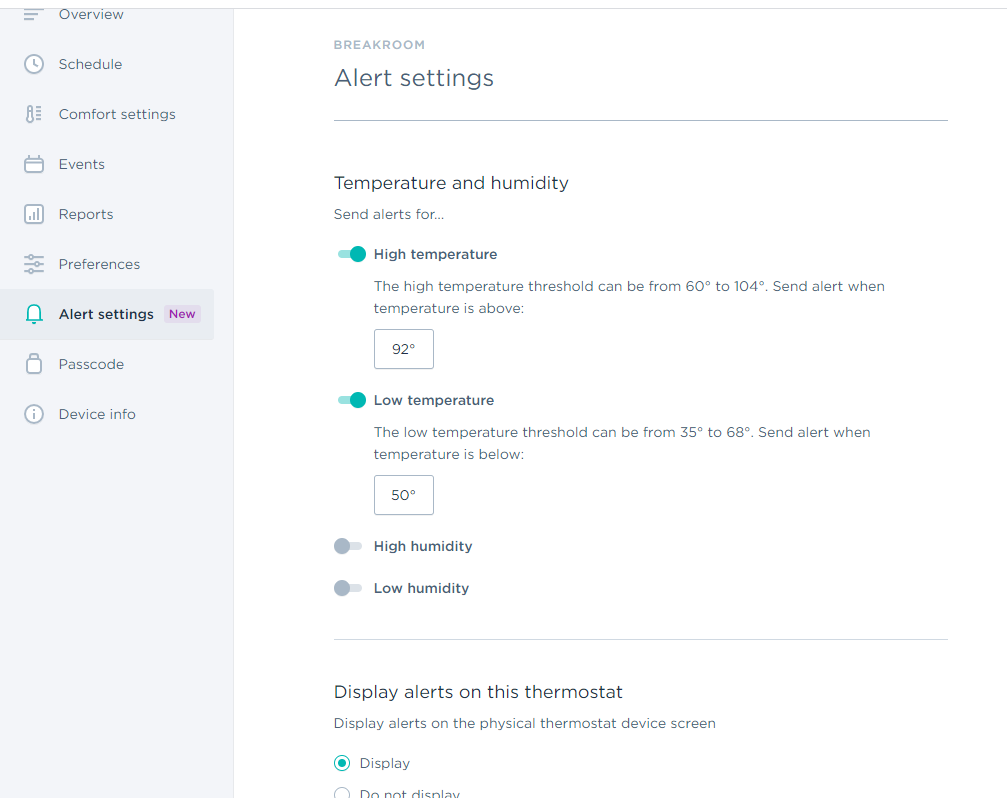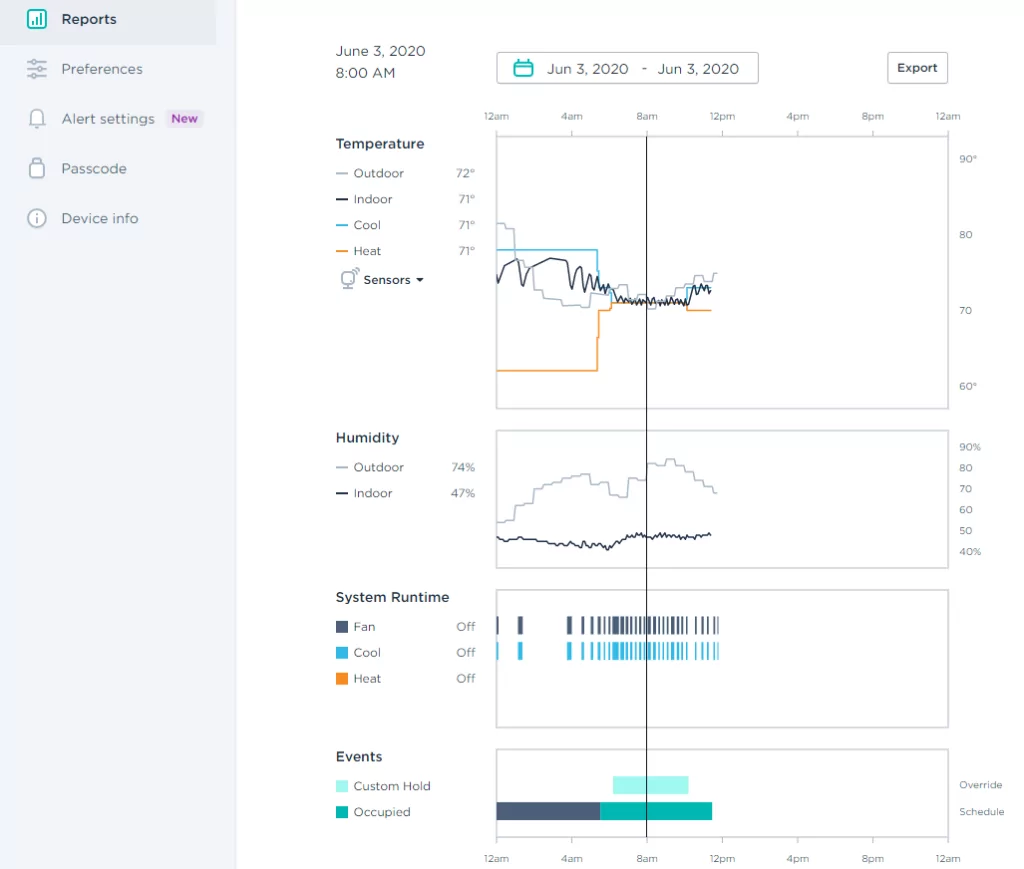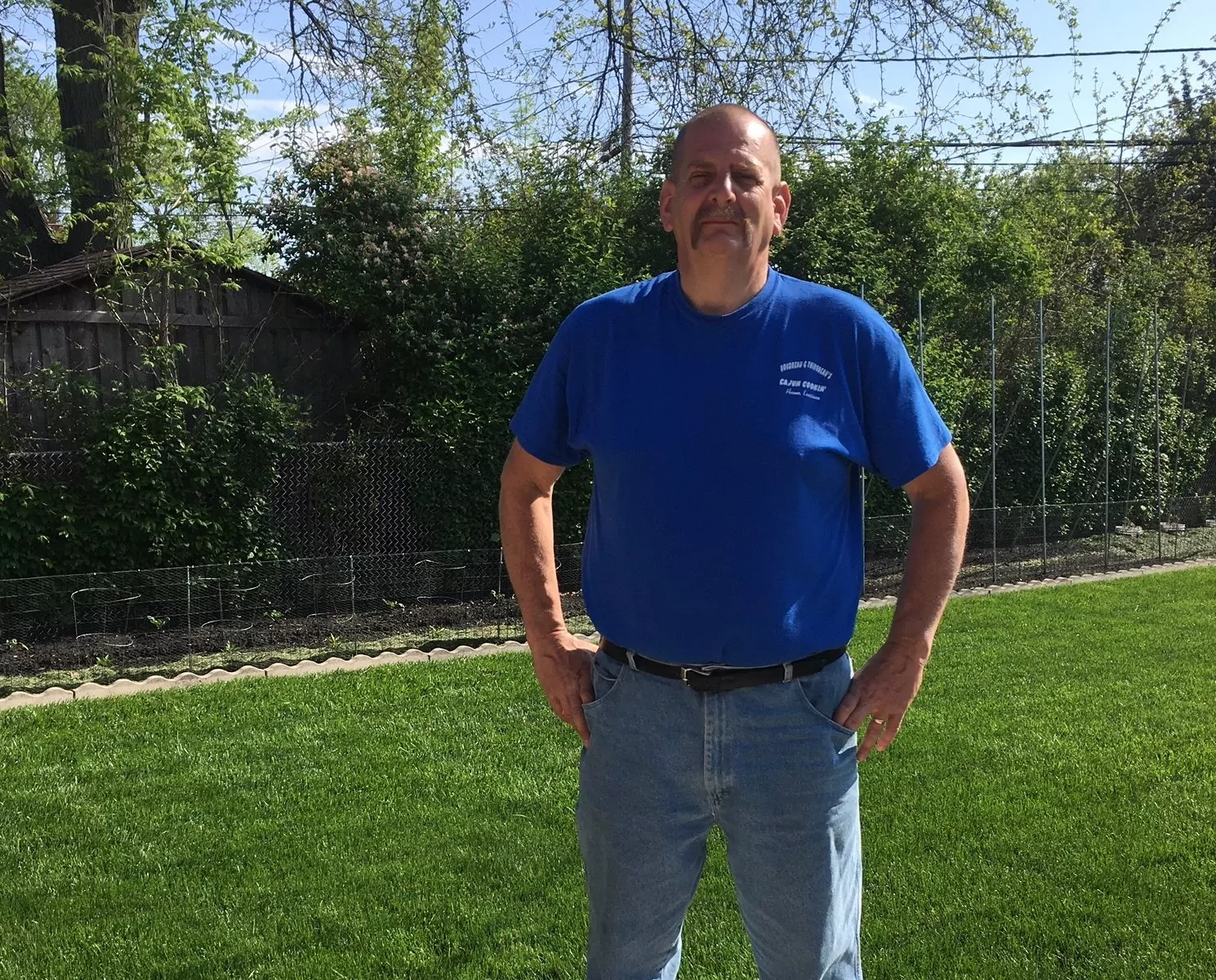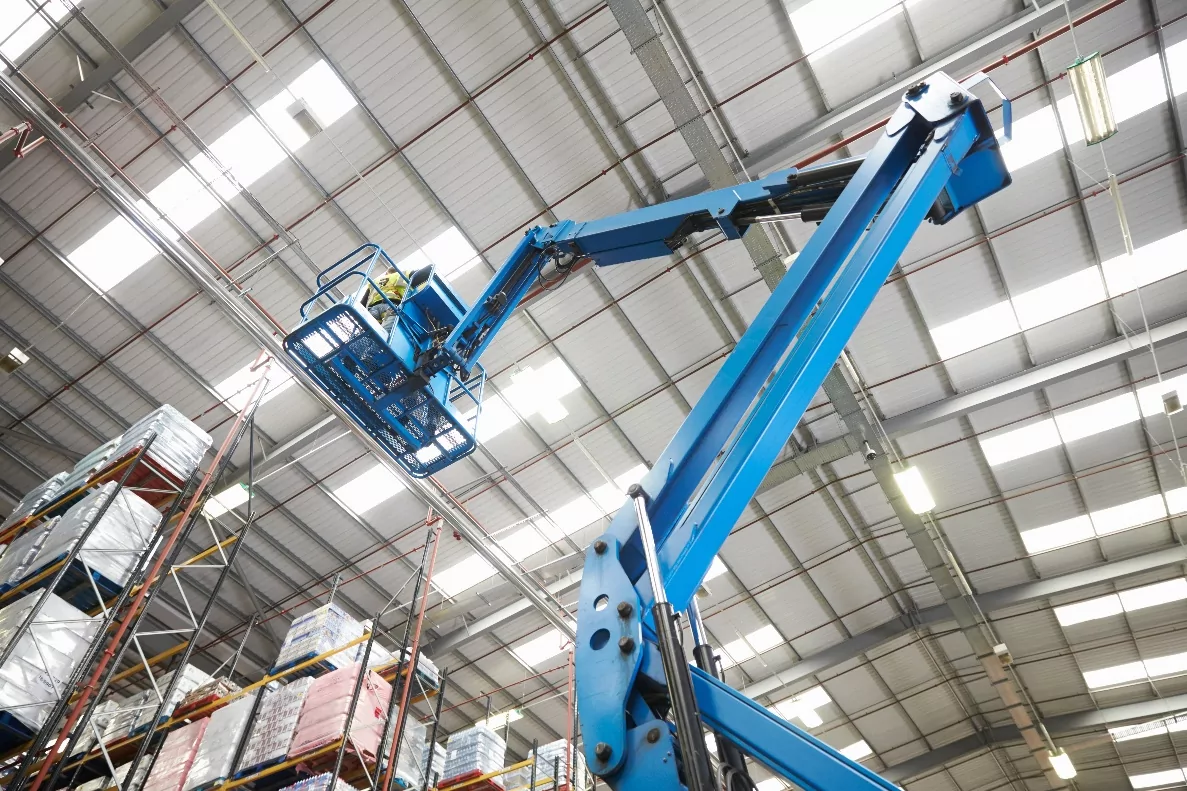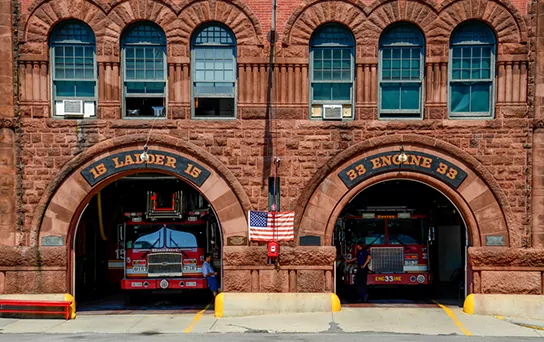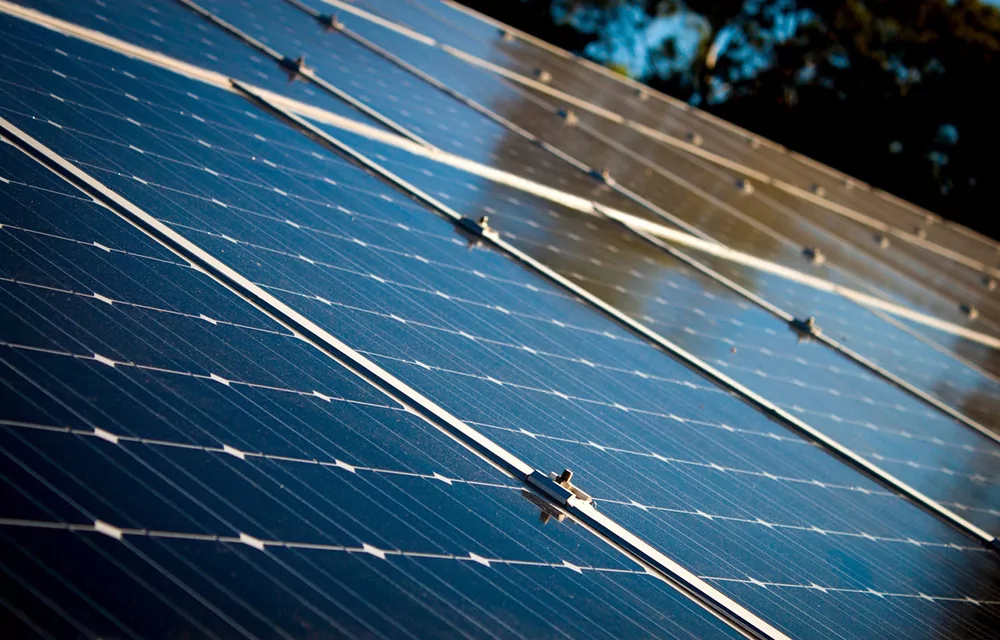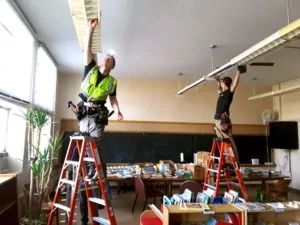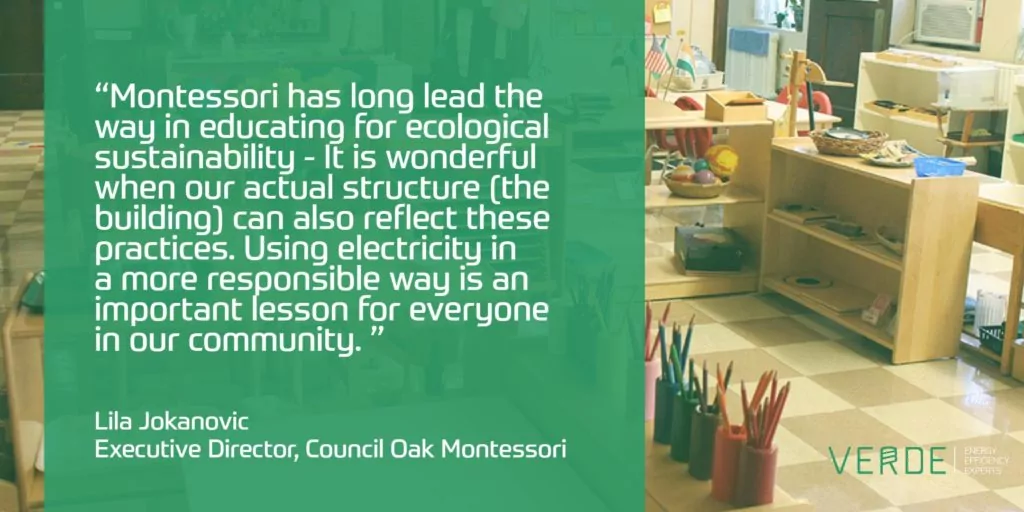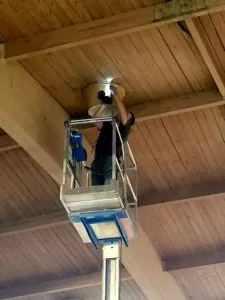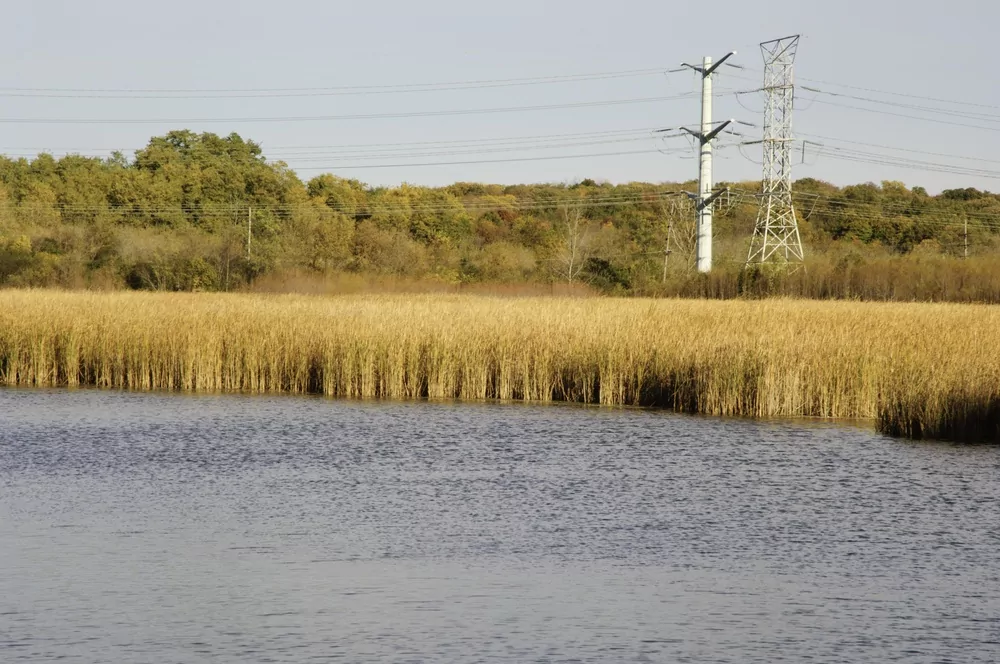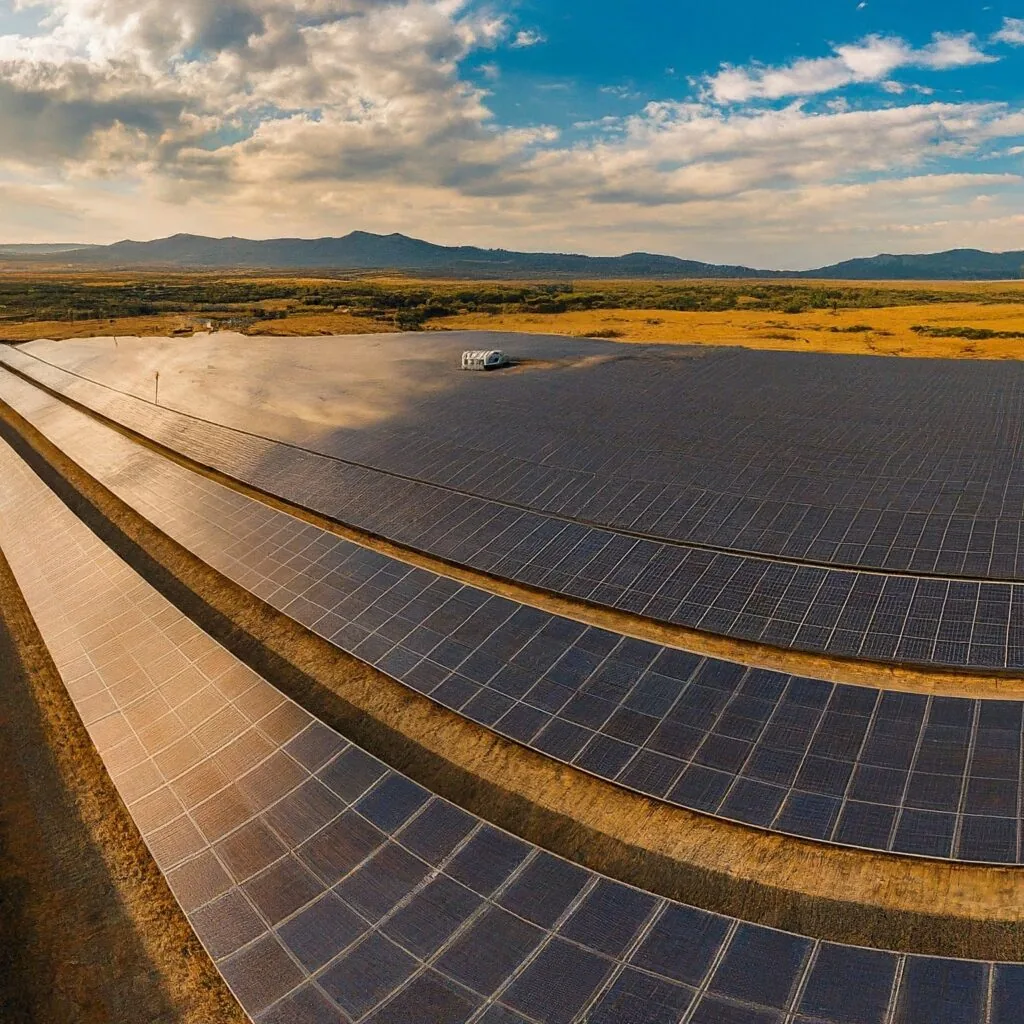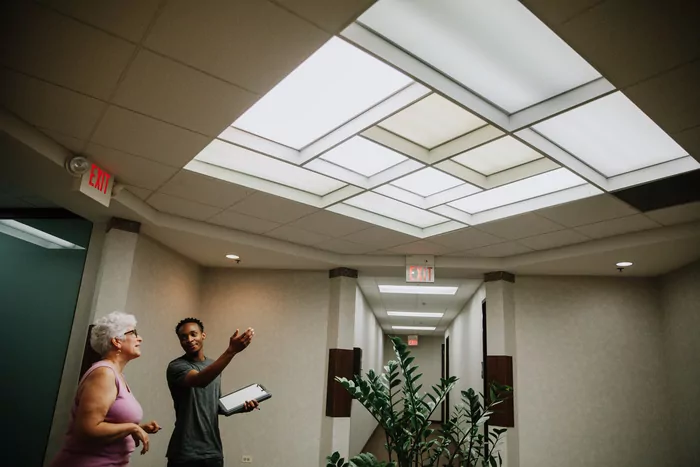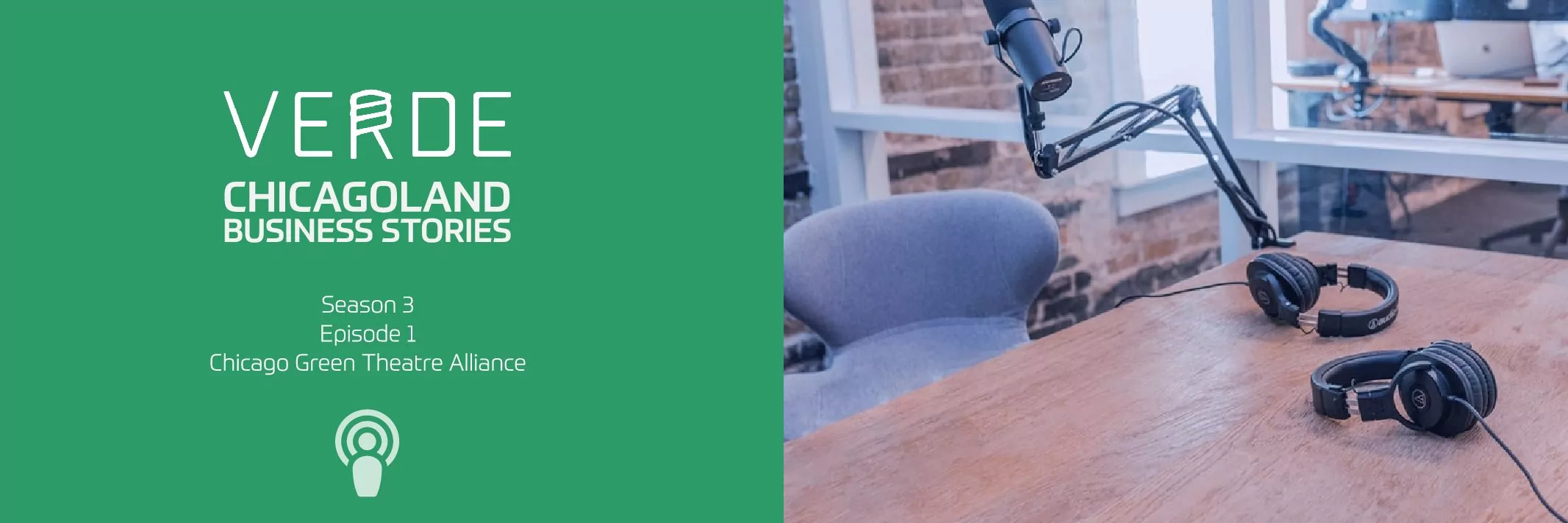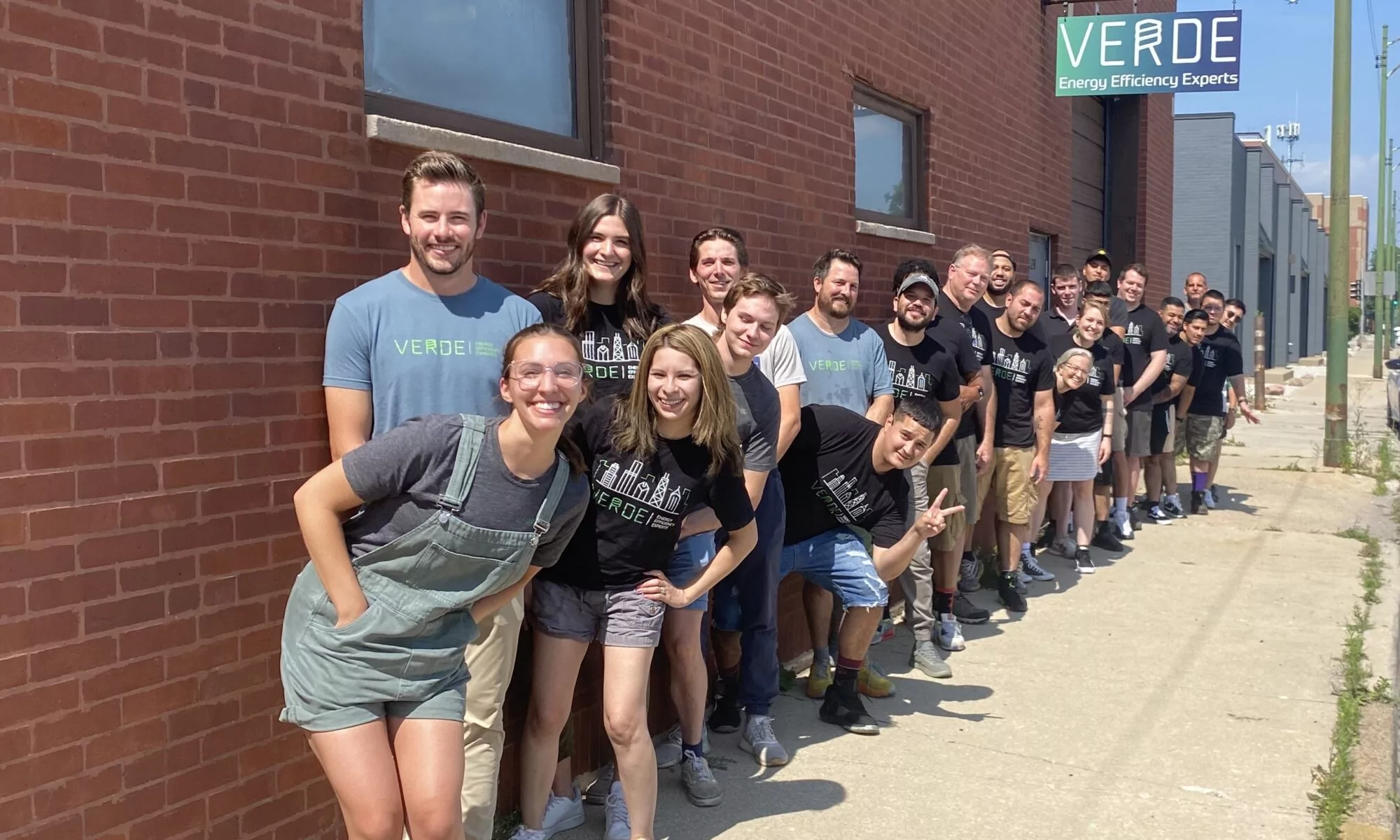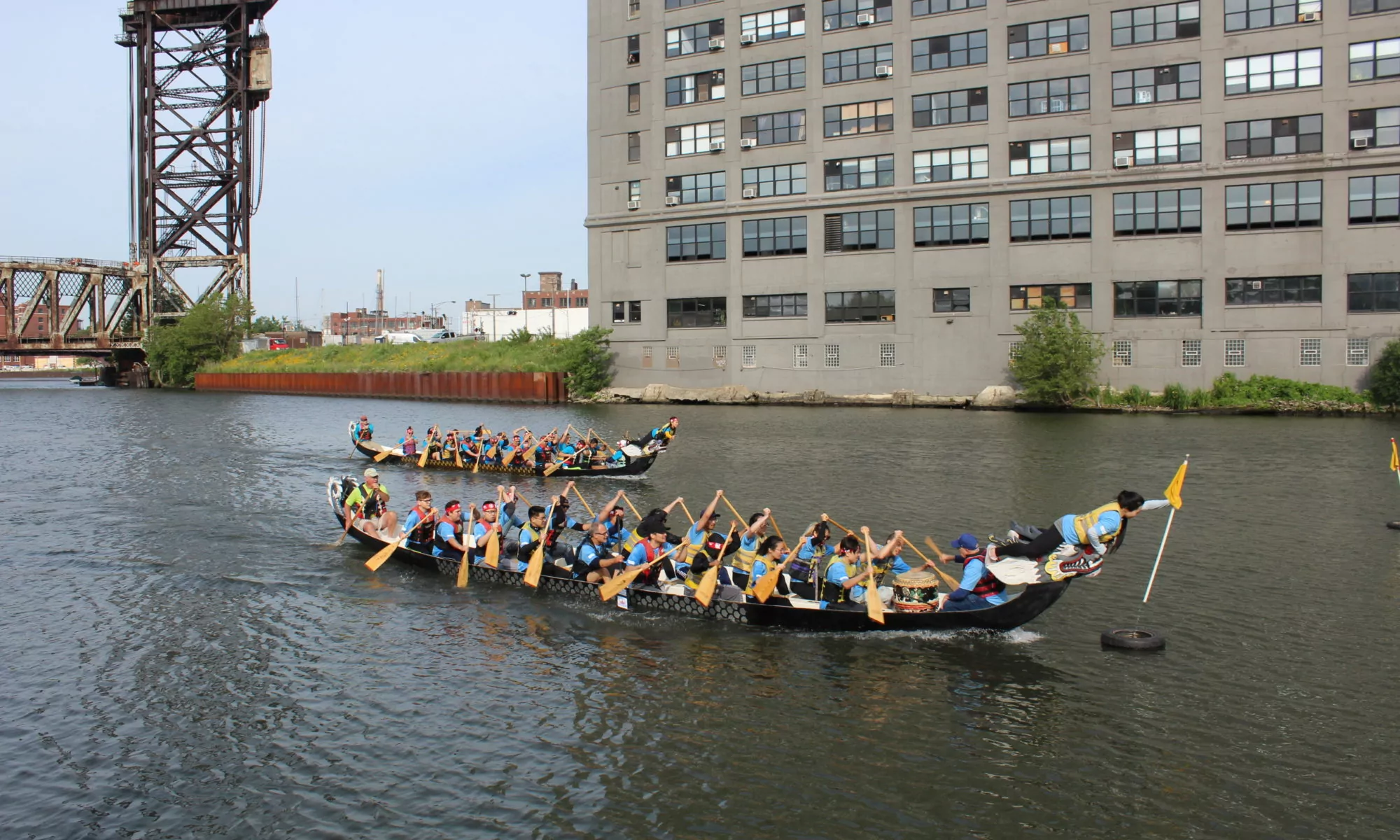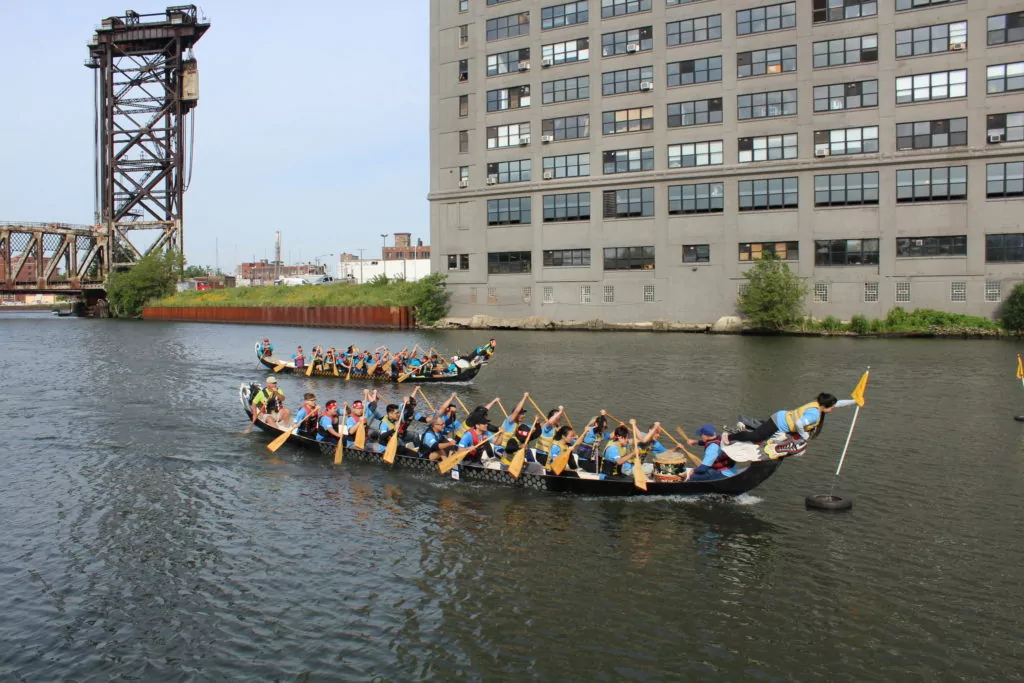Daylight harvesting and Photocell controls have a huge benefit for building and lighting controls, but do you know the difference between these two common energy efficiency terms? While they are very similar and often interchanged, they do have a large difference. Photocells are about keeping outdoor lights off during the day, whereas daylight harvesting is about dimming or turning off internal lights when there is available light from windows.
Both are critical, but the big difference is daylight harvesting requires a more sophisticated LED driver that can dim and smoothly reduce light to match the available light in space.
Photocells
Photocells have been around for a long time. These are light sensors that have an internal circuit break inside – meaning they turn off the flow of electricity when there is enough light detected. These photocells for outdoor lights are fairly inexpensive – often costing less than $20 for a part.
Commonly used in external lights, photocells can save energy by turning off lighting during the day. Photocells can be on each individual light, or have one central photocell to operate all lights. In our energy efficiency work with exterior lights, we are often analyzing what is less expensive, one photocell with more wiring to connect all the lights, or a photocell for each light. It can depend on each building and each project to determine the right number of photocells.
Time Clocks vs Photocells for Exterior Lighting
Time clocks are a similar tool used to keep lights off during the day, but photocells have several advantages. Time clocks control all of the lights on a schedule. The time clock is typically inside the building near the lighting panel, and they work to turn off lights during the daytime, or earlier if lights are not on all night. The biggest disadvantage of timer clocks is that they are typically analog, and have challenges around the time changes, as well as the season changes for dusk and dawn.
Photocells, however, you can often adjust the sensitivity of a photocell and allow exterior LED and standard HID lights to come on during a dark storm. While rare, it often is important to businesses to provide a safe place on a dark day. Many national chains and restaurants prefer this to allow their stores to look like it is open even on the darkest day. However, a timer clock will not allow you to turn on the lights in this situation, unless you do it manually.
Getting the exact time of sunrise and sunset is not hard – but it is rare to see a timer clock synced and operating correctly. More often than not, the lights are coming on an hour early and wasting live on the fixture and energy. Or they are not coming on in time in the morning or or afternoon in the winter, when daylight in Chicago often wanes.
Finally, timer clocks are more expensive to maintain over time. They just take more maintenance and physical cost to maintain, as opposed to photocell controls. But they do allow you to turn lights off at midnight for deeper energy savings.
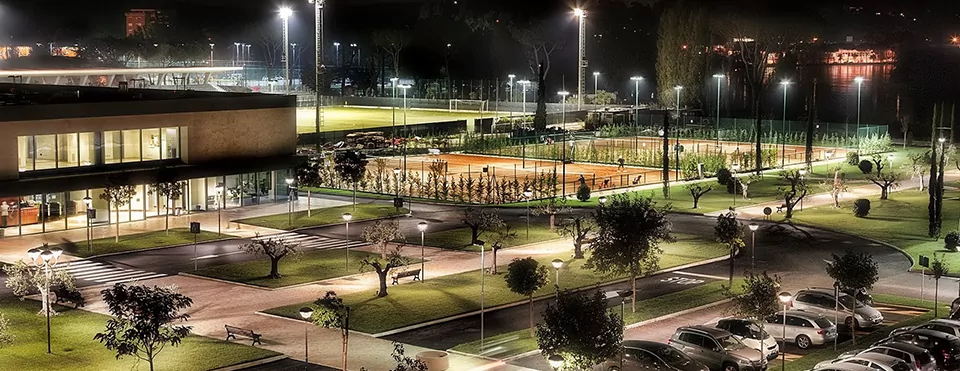
Daylight Harvesting Controls
Daylight harvesting controls are an entirely different energy efficiency tool, typically used on interior fixtures. These controls are similar to photocells, but instead of simply turning on or off a light, it will dim the fixture when light is available from ambient light.
These controls are an advanced energy efficiency tool, and typically require a higher end driver that can dim on a smooth level of control. We find Signify and Philips Control systems to have the best functionality for this daylight harvesting, but there are many brands.
Daylight harvesting can be on the fixture level of control, or can be grouped together on master interior sensors. Anytime you dim a LED fixture, while the savings is important, the heat taken off the LED driver is even more important and will lengthen the life of the fixture.
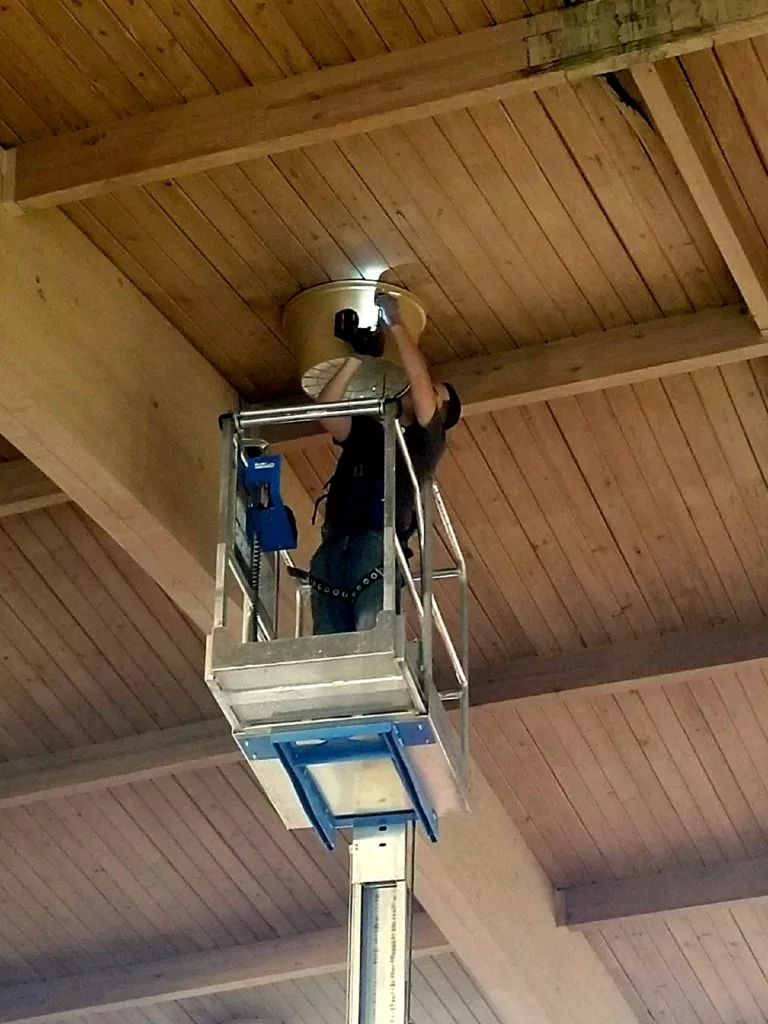
How to Pay for Advanced Lighting Controls
Local utility rebate systems, designed to help reduce energy in a state, can help pay for improvements like photocells and advanced daylight harvesting. Check with your local utility, or as Verde if we can help.

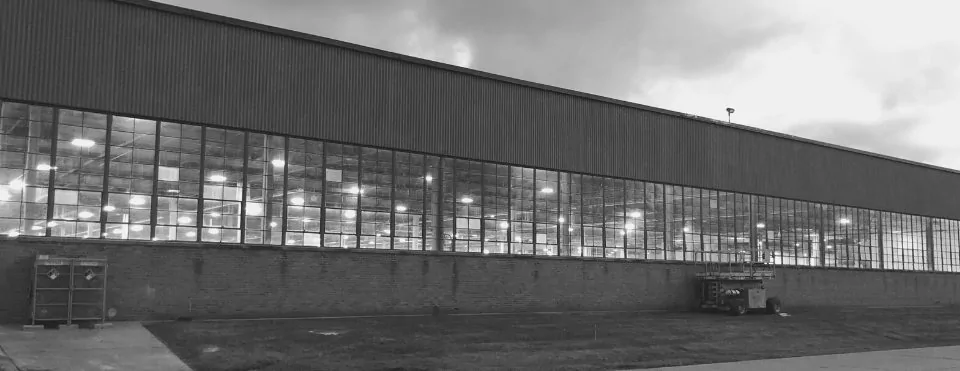
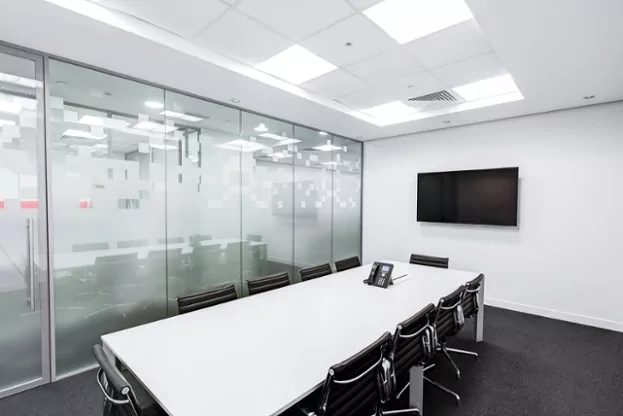
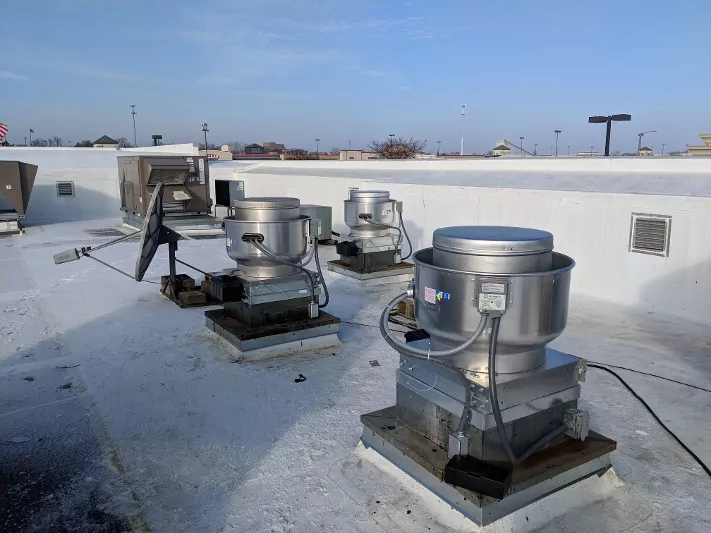
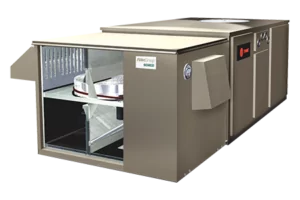 One of the highest energy users for a restaurants is the Roof Top Units, or RTUs. Again in 2021, restaurants will be able to combine the advanced rooftop unit measure and the economizer DCV measure for a total incentive of $700 per ton. For the average 10 ton RTU, this will lead to $7,000 of incentive off a replacement. We work closely with national accounts for procurement to get the best of both worlds – national account pricing and local incentives.
One of the highest energy users for a restaurants is the Roof Top Units, or RTUs. Again in 2021, restaurants will be able to combine the advanced rooftop unit measure and the economizer DCV measure for a total incentive of $700 per ton. For the average 10 ton RTU, this will lead to $7,000 of incentive off a replacement. We work closely with national accounts for procurement to get the best of both worlds – national account pricing and local incentives. 